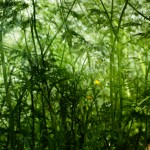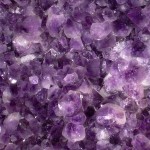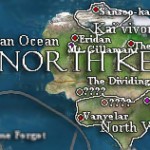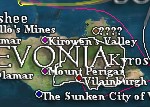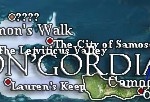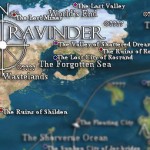Geographies
South Kel-sith
South Kel-sith is the southern fragment of Kel-sith Majoa and widely presumed to be the largest landmass in Eihydia. Sometime before the First Age, Kel-sith Majoa was struck by an astral impact which resulted in violent tectonic disturbances that assisted in the formation of inestimable satellite islands surrounding the continent’s shorelines and the continent of …
Ama’rane
Ama’rane was once connected to Kel-sith Majoa. Later, Kel-sith split into three bodies after an astral impact sometime before the First Age. The southwestern mass drifted for thousands of years until it reached its current, centralized location. Later, the first explorers of this region dubbed it Ama’rane. Contents1 The Geography of Ama’rane2 The Climate …
North Kel-sith
North Kel-sith is the northern fragment of Kel-sith Majoa which is widely presumed to be one of the largest landmasses in Eihydia. Sometime before the First Age Kel-sith Majoa was struck by an astral impact which resulted in violent tectonic disturbances that assisted in the formation of inestimable satellite islands surrounding the continent’s shorelines and …
Evonia (at one time named Denual)
Evonia, once called Denual, formed off of Ama’rane before the First Age. Scholars and Geologists have performed extensive studies related to the formation of Evonia and this is now considered as fact. The reason for the separation is not clear, however. Some theorize the same astral impact that broke Ama’rane from Kel-sith Majoa also broke …
Lon’gordia
It is theorized that Lon’gordia once was attached to either Ravindar or Evonia(Denual). There are indications that similar mountain ranges and topography exists between these continents. However, there is no clear evidence that these hypothesized connections existed before the First Age. Another theory is that the land mass rose up from the sea after the …
Ravinder
Ravinder was once part of a larger land mass that lies far to the northwest or west. It is not clear exactly where, or how this land mass made its way through the Ocean of Storms. For much of known history, Ravinder has been a desolate waste land – the north stuck in an everlasting …

